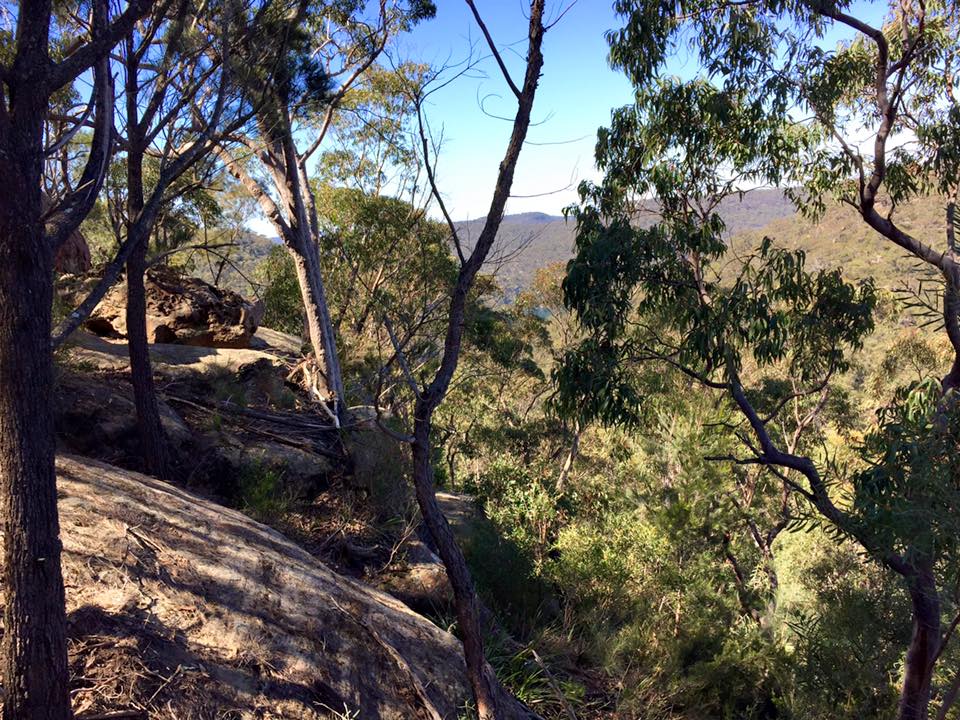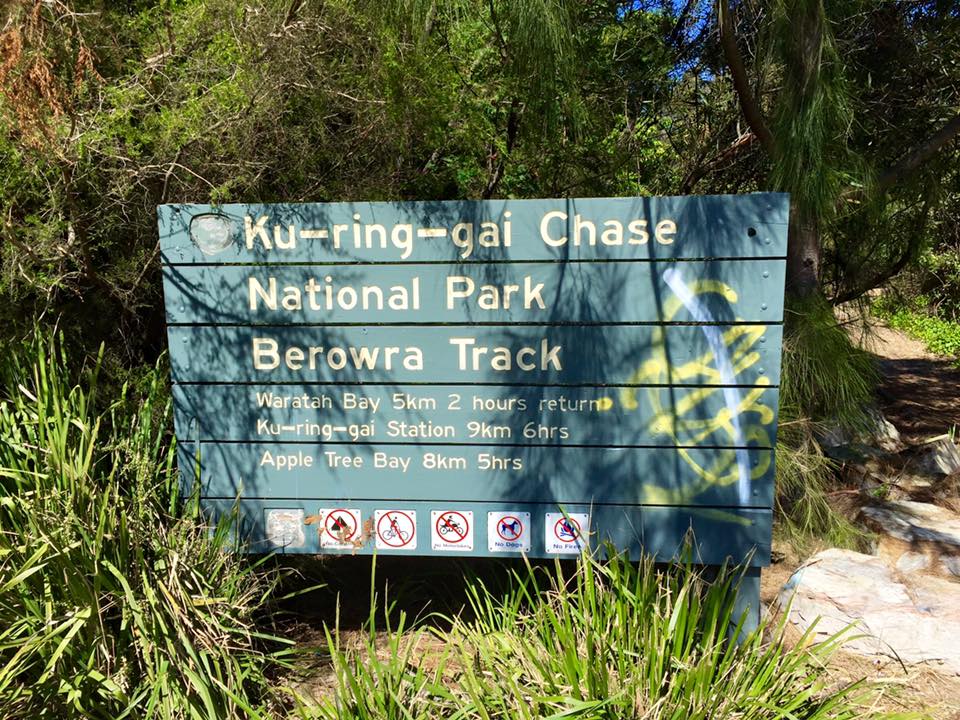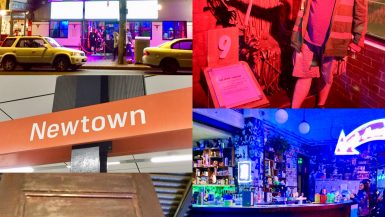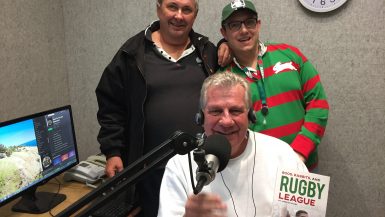
There’s nothing like being in the middle of nature. It reaffirms your senses, reconnects you with what lies beneath your feet, and gives you a sense of comfort. Once more, it also tests you. Anyone can walk on two feet and venture off, but it takes both courage, conviction, and a heightened sense of where you are to really see what you are made of. If you have a love of nature and a will to venture off the beaten path, you may never know what you are made of, but your reward will be indeed, great.
Having been on several camping trips into the Appalachian Trail when I was in middle school and high school, I managed to survive excruciatingly long hikes into the woods. I did, however, have the benefit of having a professional guide, being in a large group of students, and sticking to guided paths. Once, in 8th grade, I survived three days in a remote corner of Northern New Jersey in tents while cooking over an open campfire. Of course, that was a class trip, but that’s beside the point. It was one of the most memorable trips I was ever on and one where I realized how tough I am on the trail. Fast forward about 15 years later to me just 25 miles north of Sydney where I ventured off into the bush of Kuring-gai Chase National Park. It was here where I did my old Phys. Ed teacher and outdoor Ed. guide P.J. Lattimer, proud!
Situated less than hour north of Sydney by train on the way up to Newcastle and Wyong is the town of Berowra, which is an Aboriginal word that means place of many winds. The Berowra area has many Aboriginal carvings and is the site of the world’s oldest living amphibian fossil. The town sits along the bush of Kuring-gai Chase National Park. Kuring-gai is an Aboriginal word that means hunting ground of the men. This area was once the home and hunting ground of the Ku-ring-gai Aborigines. The railway station opened in August 1903 and was named Kuring-gai. The national park was founded in 1894 and remains one of Australia’s oldest and most visited national parks. One of its biggest claims to fame is that it was the filming point for the 1960’s TV show Skippy the Bush Kangaroo which was filmed in what is now called Waratah Park. While it may not be the dry, almost infinite space of the Outback, this park is a vast wonderland of the bush that million of birds, plants, and marsupials all call home. Back in 2014, I made my first visit to this viridian landscape with the intent of hiking as far as I could down the Berowra track, located adjacent to the Berowra train station. I would have hiked far, but it was getting late and I was losing daylight, so I hightailed it back to the train station. I was not disappointed, however, since I felt this instant rush of being in the great outdoors in a place 10,000 miles from home, by myself!

One year later, I returned to the bush with some unfinished business. Shortly after pulling into Berowra station, I hoofed it back to the entrance to the Berowra Track at Kuring-gai Chase. This time, I would not be deterred; I was going down. Way down. Down into the belly of Berowra. And this time, I remembered to go in the morning.

TO BE CONTINUED…
NEXT TIME: My bushwalk through Kuring-gai brings me to one of the most beautiful places I have ever seen.


